Why is diving popular?
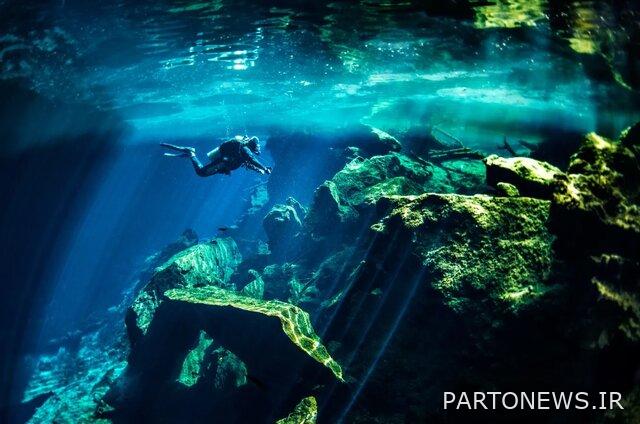
These days, the news of the sinking of the submarine “Titan” and the death of its five passengers, who had gone to the deep sea to visit the remains of the Titanic, have been at the top of the world news. Now the question arises, how did underwater tourism, which has recently become a victim, become popular?
In an age when land has so much to explore, the recent wave of underwater tourism is allowing travelers to travel deep into one of Earth’s unknowns, the ocean, where more than 70 percent of our planet is covered by water.
The opening of a series of entertainment places such as the world’s first underwater hotel and the world’s largest underwater restaurant in Norway has increasingly attracted wealthy travelers to explore the new world under the ocean. Now that the sinking of a submarine carrying five tourists is in the spotlight, perhaps it’s time to talk more about the limitations of these special experiences.
Underwater tourism cannot be considered a new phenomenon; Because “Jacques-Yves Cousteau” started the general use of diving equipment in 1942 and “Professional Association of Diving Instructors” (PADI) has issued 27 million certificates worldwide since 1967.
According to information published by Scubanomics, there are approximately six million active scuba divers worldwide, and countless others worldwide practice surface diving.
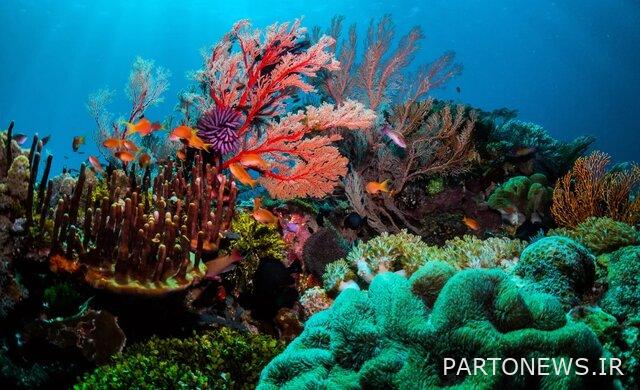
However, the availability of some facilities and equipment has brought scuba-like adventures to people who are not skilled divers or swimmers, or who do not have the time or means to obtain a scuba certification. Resorts like Seawalker on Green Island, located on the Great Barrier Reef, offer people the chance to go underwater while wearing a large glass helmet. Wearing protective clothing, this group of people slowly descends to the bottom of the ocean; Where they literally walk on sand and are attached to tubes that allow them to breathe normally underwater.
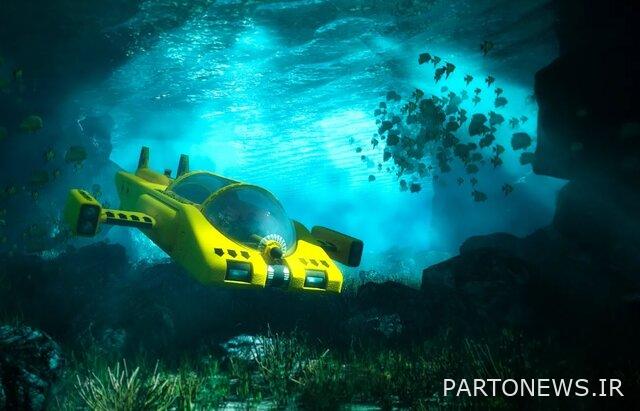
Today we also see recreational facilities to enjoy riding under the sea. To that end, there are tours that offer reef tours of some of the world’s most interesting islands and coastlines, from Hawaii to Mauritius. These submarines range from the largest submarines for tour groups to ultra-luxurious private submarines such as Deepflight in the Maldives. Built with space for two plus a captain, these eco-friendly and air-conditioned submarines feature viewing domes and provide a unique experience.
Many believe that these glamorous submarines may be the future of underwater exploration; Because in this case there is no need for diving or swimming. Of course, most of these facilities have a high price, for example, each couple must spend $1,500 for an hour of sightseeing with “Deepflight”. Lovers Deep is a luxury underwater hotel in the reefs around St. Lucia with a private chef and butler, starting at $150,000 a night.
Now it’s time for “OceanGate”, the deep sea exploration tour company, whose submarine “Titan” has now become the top of the world news and a global effort to find it has begun. When the BBC interviewed Stockton Rush, CEO of the company, in the fall of 2022, on the eve of the trip of one of the company’s submarines to the remains of the Titanic, Rush said that his goal is to make discoveries in the deep sea. to make it commercially feasible for a larger group of people, while at the same time introducing the Titanic as one of the most important subjects of undersea viewing, but considering that a ticket to see the world’s most famous shipwreck up close is $250,000. , experiencing this visit is far from the mind of many tourists.
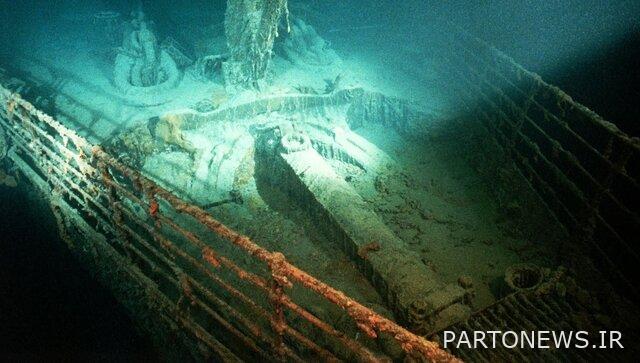
“Underwater tourism is very expensive,” said Dr. Hayley Stainton, professor of tourism at the University of Tourism and one of the authors of Tourism Teacher. I don’t think there is a market for underwater tourism. I believe that this kind of experience will be limited to rich people and a small group of people.”
“Patricia Rodiles Martinez”, one of the responsible officials at the “Les Roches” Institute and the one who organized the first world meeting of space and underwater tourism in 2019, has a different opinion. Martinez believes that as demand increases over time, the associated costs will decrease, making it more accessible to all people, which is what happened with the first airplanes, cruises, and hotels.
Regardless of whether or not submarine rides become mainstream, many of these innovative underwater experiences have an important secondary benefit of educating new audiences about the need to care for the ocean; An ocean that is struggling with threats such as coral bleaching due to global warming, overfishing and pollution. According to Rush, that also extends to Oceangate, whose mission specialists each have the chance to act as citizen-scientists during a 125,000-foot journey into the ocean floor, collecting images and videos of Help marine biodiversity.
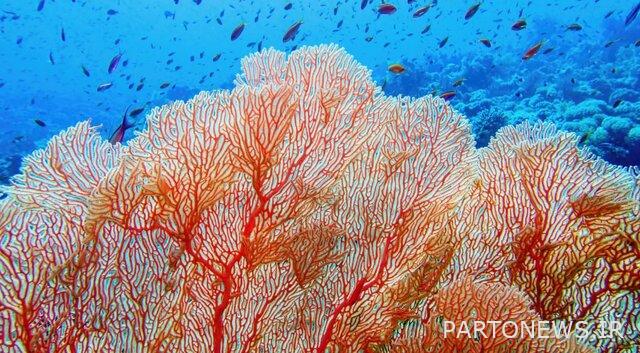
Other underwater projects also work with conservationists and marine biologists to make this travel experience, in addition to being fun, an educational event that raises awareness of the threats to the ocean and its creatures. Research centers, particularly on the Great Barrier Reef, showcase their research on topics such as coral bleaching, the effects of plastic waste and reef degradation. These centers want visitors to get essential information in addition to experiencing a pleasant visit.
Also, due to the success of underwater sculpture parks such as the “Cancun Underwater Art Museum in Mexico” which was opened in 2010 as part of the “Cancun Climate Summit”, measures have been taken to combine underwater tourism with art tourism to a new type. Attract travelers who are not just interested in diving.
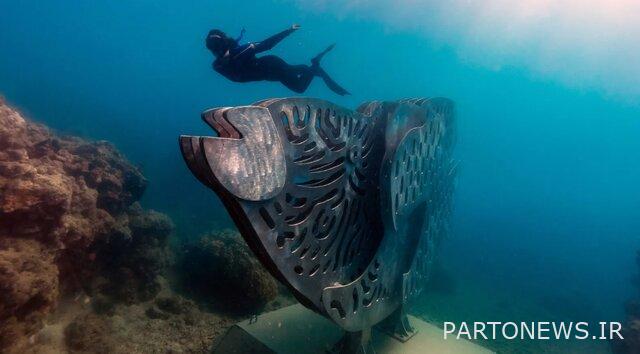
“Ngaro Underwater Sculptures” Project in “Great Barrier Reef”
The “Ngaro Underwater Sculptures” project on the Great Barrier Reef, which opened in 2019, displays 6 works of art arranged like a large turtle, which can be viewed by swimming at a shallow depth or using a boat; Because these works of art are for visitors who are not interested in the deep parts of the sea. The tour was launched after most of the reefs in the area were destroyed in 2017, and is not only part of a coral reef restoration project, but also aims to start conversations about marine conservation through issues such as the ‘demon table fish’ migration.
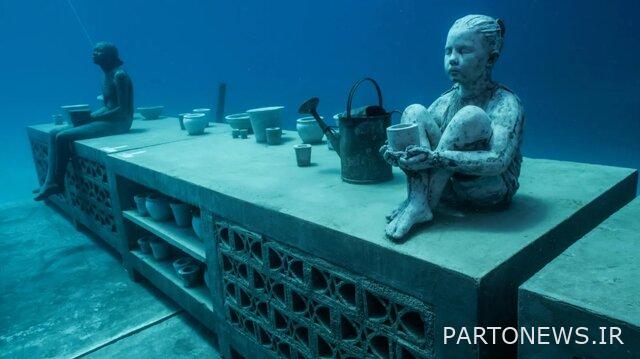
Henz Underwater Museum of Australia
A little further along the coast of Queensland, near the Australian city of Townsville, MOUA, Australia’s first underwater art museum, is built in four different locations, one of which is only accessible by divers. and features installation art by British sculptor Jason DeCaire Taylor. This spot tells the story of the rocks and the ocean with the help of a series of artworks and signboards.
The idea behind underwater tourism is no different from expeditions to the Arctic, the Amazon or other remote ecosystems, but with so many historical, natural and artistic attractions under the seas, it is the responsibility of governments and tour operators to manage them. Ensure locations in an environmentally friendly and beneficial manner. There is a danger that an area will be overdeveloped and overcrowding will destroy its natural habitat.
As underwater tourism continues to innovate and grow in popularity, we have the opportunity to develop new experiences and attractions to increase travelers’ knowledge of the deep sea. However, it is imperative that this is done by prioritizing sustainability and safety.

